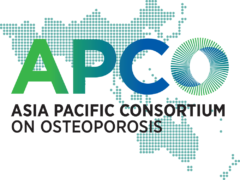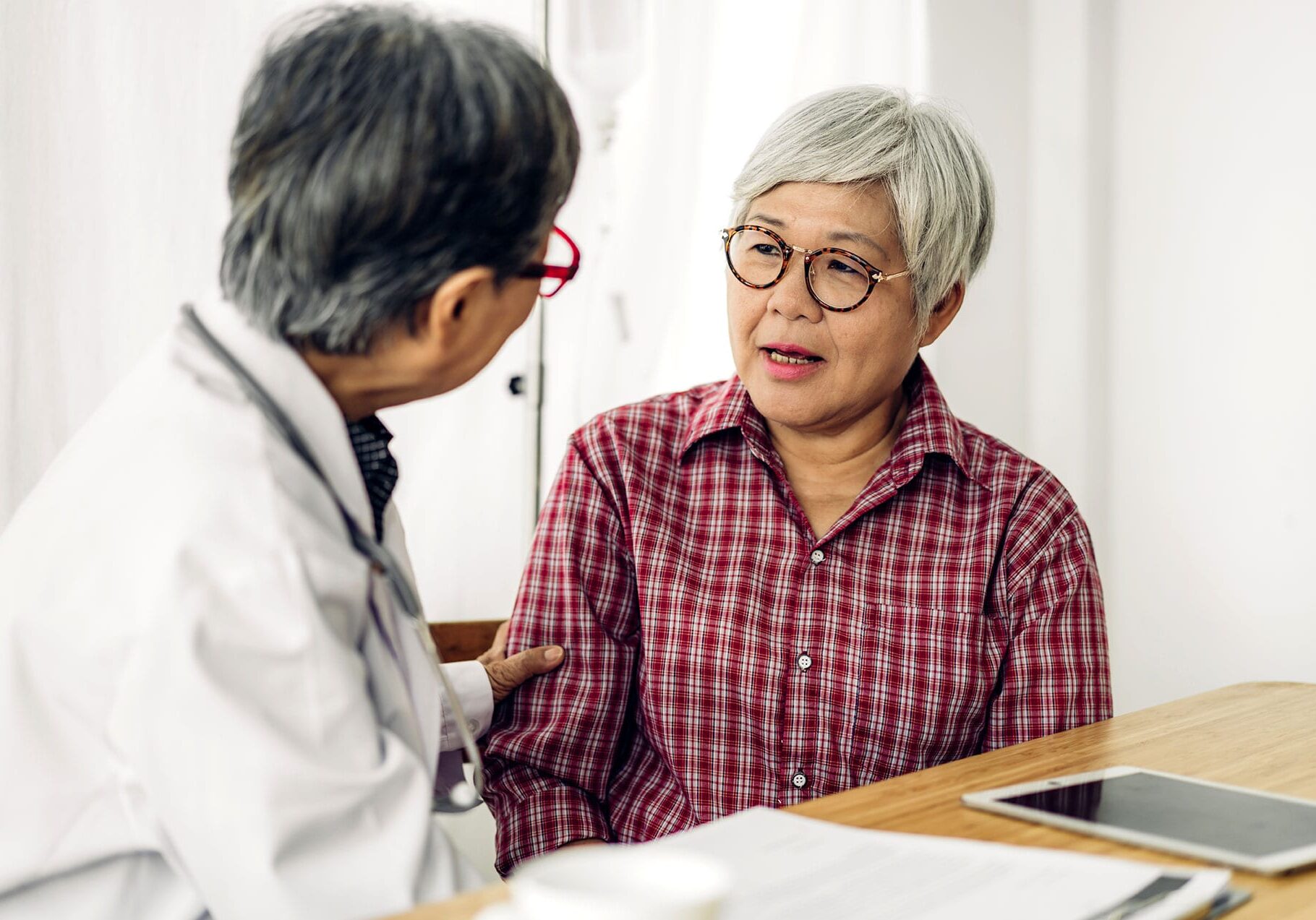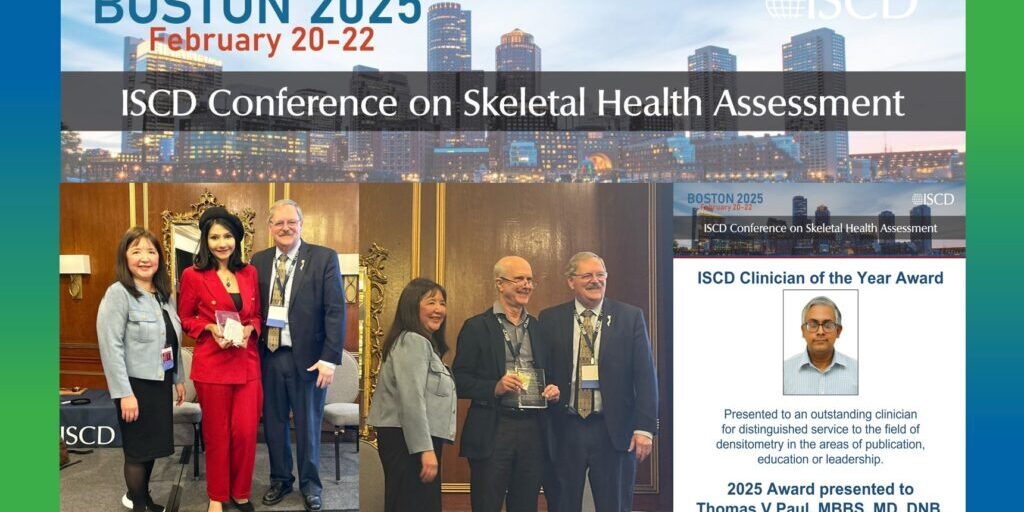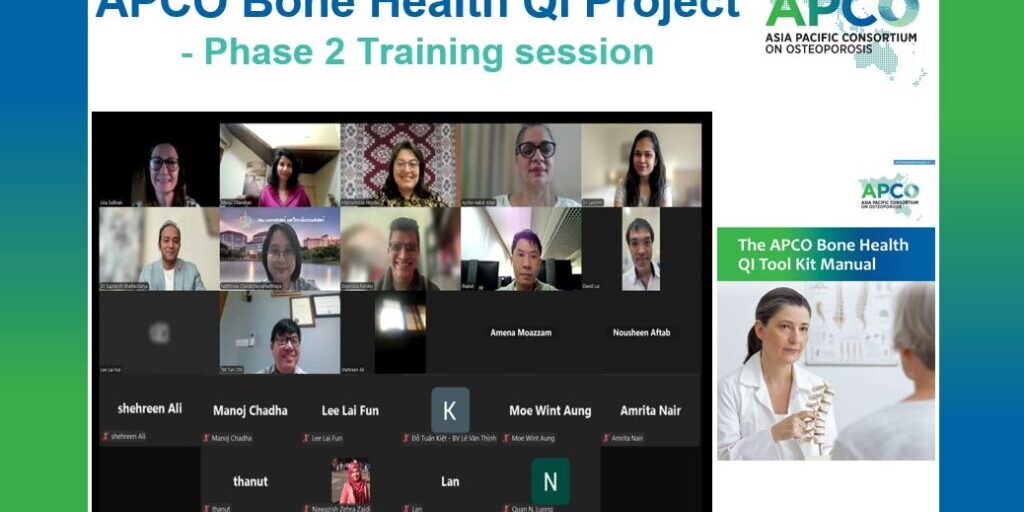A region of immense physical expanse, the Asia Pacific is characterized by its significant racial, cultural, and topographic diversity. The countries in the region are at different stages of political evolution and economic development. While Australia, Japan, Republic of Korea, New Zealand, and Singapore are categorized as high income countries, Bangladesh, Cambodia, China, India, Pakistan, Philippines and Vietnam are regarded as Lower-middle-income countries (LMIC), and China, Malaysia and Thailand are categorized as Upper-middle–income countries.
Sixty-five percent of the global increase in proportion of persons aged ≥60 years by 2050 is expected to occur in Asia. Governments in industrialized, high, and middle-income countries have increasingly been giving priority to ageing, while it has attracted little attention in low income countries.
Tremendous variation in the level of detail in various aspects of osteoporosis screening, diagnosis and management exist across the region. Inadequate planning and implementation of health policies in concert with problems in availability, accessibility, affordability, and sustainability of health facilities make managing osteoporosis in developing economies challenging. The significant ethnic and cultural diversity of populations even within countries with resultant differences in lifestyle and risk factors also pose a barrier to optimal healthcare delivery. While epidemiological transitioning is shifting the burden of disease from communicable to non-communicable conditions in most developing countries, issues such as infectious diseases and malnutrition are still top priority and take up majority of resources.
In most LMICs within the Asia-Pacific region, osteoporosis is not included in national action plans. Quality epidemiological data on fragility fractures, information on burden of the disease, mortality rates post hip fractures, information on societal costs and quality of life are non-existent. Majority of fracture patients are never offered screening for future fracture risk and/or treatment for osteoporosis. The gap between evidence-based recommendations for post fracture care and actual clinical practice has been widely documented. Population specific normative data for bone density are lacking and vitamin D deficiency is common. Furthermore, less than 25% of older patients with fractures receive adequate vitamin D supplementation. Economic costs data (including burden for family members and caregivers) are also not available for many countries. Secondary fracture prevention (SFP) has been neglected in many countries in the Asia-Pacific region.
A wholesome and proactive approach is required to help turn things around. The problems in these countries are local in nature and often require focused, pragmatic solutions. Without an adequate data infrastructure, it is difficult or impossible to monitor the quality of life, key changes in health and economic status and other important variables. Such data are essential for policymakers to formulate evidence-based policies. Time-series data are essential for monitoring the impact of policy implementation.
SFP is the first step in the development of a systematic approach to prevention of all fragility fractures caused by osteoporosis. Strategies for good SFP include identification of individuals who are at high risk of sustaining fragility fractures, and, for them to be treated in accordance with best practice guidance. Benchmarking of care specifically relating to secondary prevention of fragility fractures is a major component of the IOF Capture the Fracture® Program. Similarly, hip fracture registries have been developed in many countries to benchmark provision of acute perioperative care and secondary fracture prevention after hip fracture.
In line with the guiding principles of APCO to foster harmonization of osteoporosis care across the region, partnerships with other Asia-Pacific countries can be a great prospective asset for developing economies to boost their own health care systems. Collaborative programmes with post-graduate medical colleges in developed countries in the region can facilitate training and research. A great responsibility still however lies on local health care forces to utilize resources in a sustainable manner. The right to health and attainment of the highest standards of health care for all, obliges national governments to create conditions to ensure equitable access to health services for their citizens.
Dr Aysha Habib Khan, Pakistan, on behalf of APCO.






